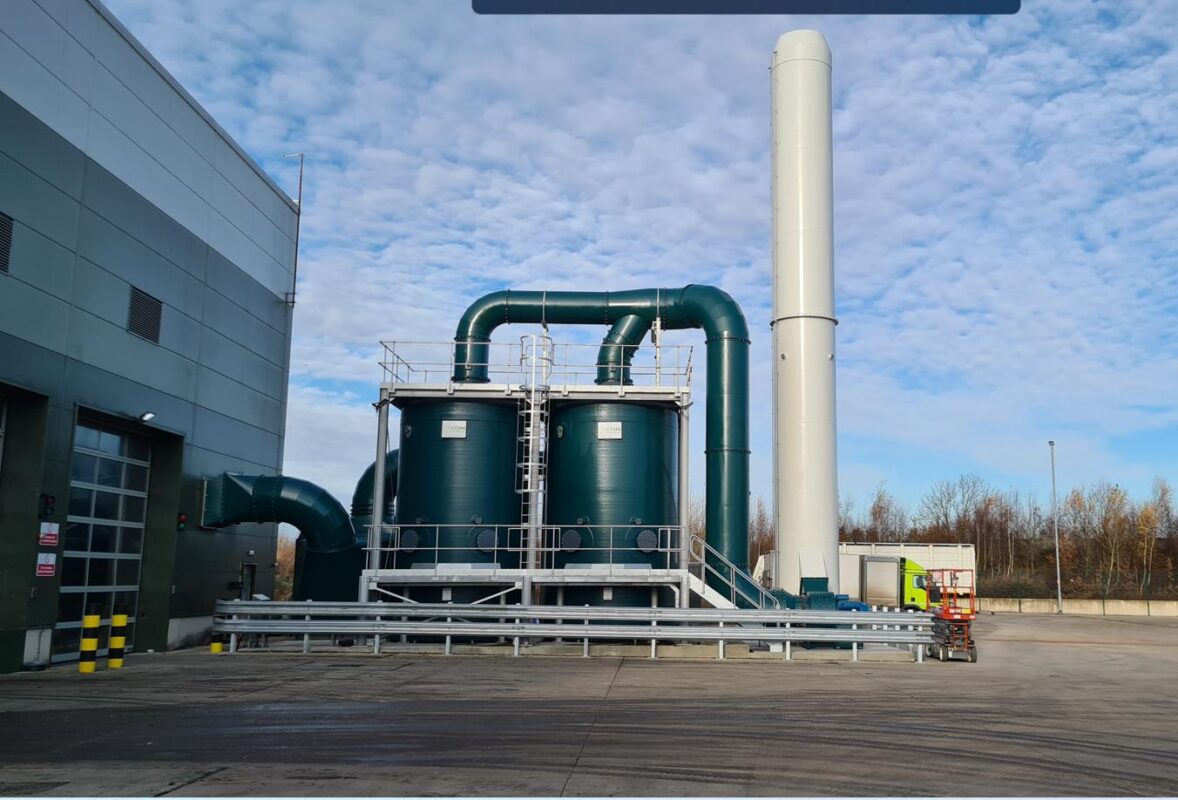CONTROL REQUIREMENTS:
01
Odour control system
02
Industrial gas cleaning
03
VOC abatement
04
Air pollution control systems
05
Hazardous waste flue gas cleaning systems
There are many companies who we have worked alongside to reduce their air pollution. These include:
Our systems include the following types of installation:
We would be very happy to speak to you about your Air pollution issues. Please feel free to get in touch to discuss further!
Contact Us
Legislation to protect our environment increasingly requires a gas-phase emission control system to reduce harmful gas emissions or control nuisance odours.
Odour & Emission control systems reduce the level of air pollution via multiple types of filtration systems, specifically designed to suit the need. Getting the right type of ventilation to deal with fumes and odours such as waste can help make a positive impact on the environment and reduce toxic fumes within the workplace.
Usually these air pollution streams are caused by extraction of odorous air from the factory, which is essential for workers health. However there is discharge limits that must be met. Neighbourhoods have the right to raise issues with unpleasant odours, and can enforce changes in discharge levels of Odours and Emissions.
EXEON’s expert advice, innovative design and practical solutions ensure you can benefit from an emission control system that protects both your workforce and local environment. Industrial gas cleaning systems are vital in a range of working environments.
Odour control system
Industrial gas cleaning
VOC abatement
Air pollution control systems
Hazardous waste flue gas cleaning systems
Industrial odour and emission control systems enable companies to be fully compliant with clean air regulations by reducing harmful emissions and nuisance odours. They are an efficient means to ensure that you retain a healthy environment for employees and neighbours.
There is a range of different methods available to reduce odour and emissions across a variety of industrial processes and installations.
Industrial odour and emission control systems utilise activated carbon filters to effectively remove gases and unpleasant odours, particularly volatile organic compounds (VOCs), promoting a safer and more pleasant work environment.
Meticulously designed emission control systems monitor and reduce harmful byproducts generated during industrial operations, ensuring regulatory compliance and safeguarding air quality.
Ventilation systems play a crucial role in waste processing facilities by reducing odours, fumes, dust, and airborne particles, prioritising worker well-being and enhancing air quality within the facility.
Odour control solutions are deployed across diverse industrial processes to mitigate nuisance and hazardous odours, improving the quality of life for on-site personnel and neighbouring communities.
Pollution control systems employ various devices and equipment, such as scrubbers and electrostatic precipitators, to manage air pollutants emitted from industrial activities, ensuring regulatory compliance and environmental sustainability.